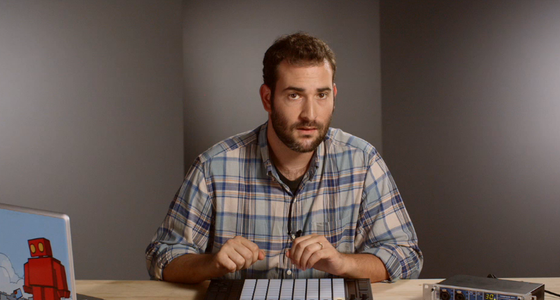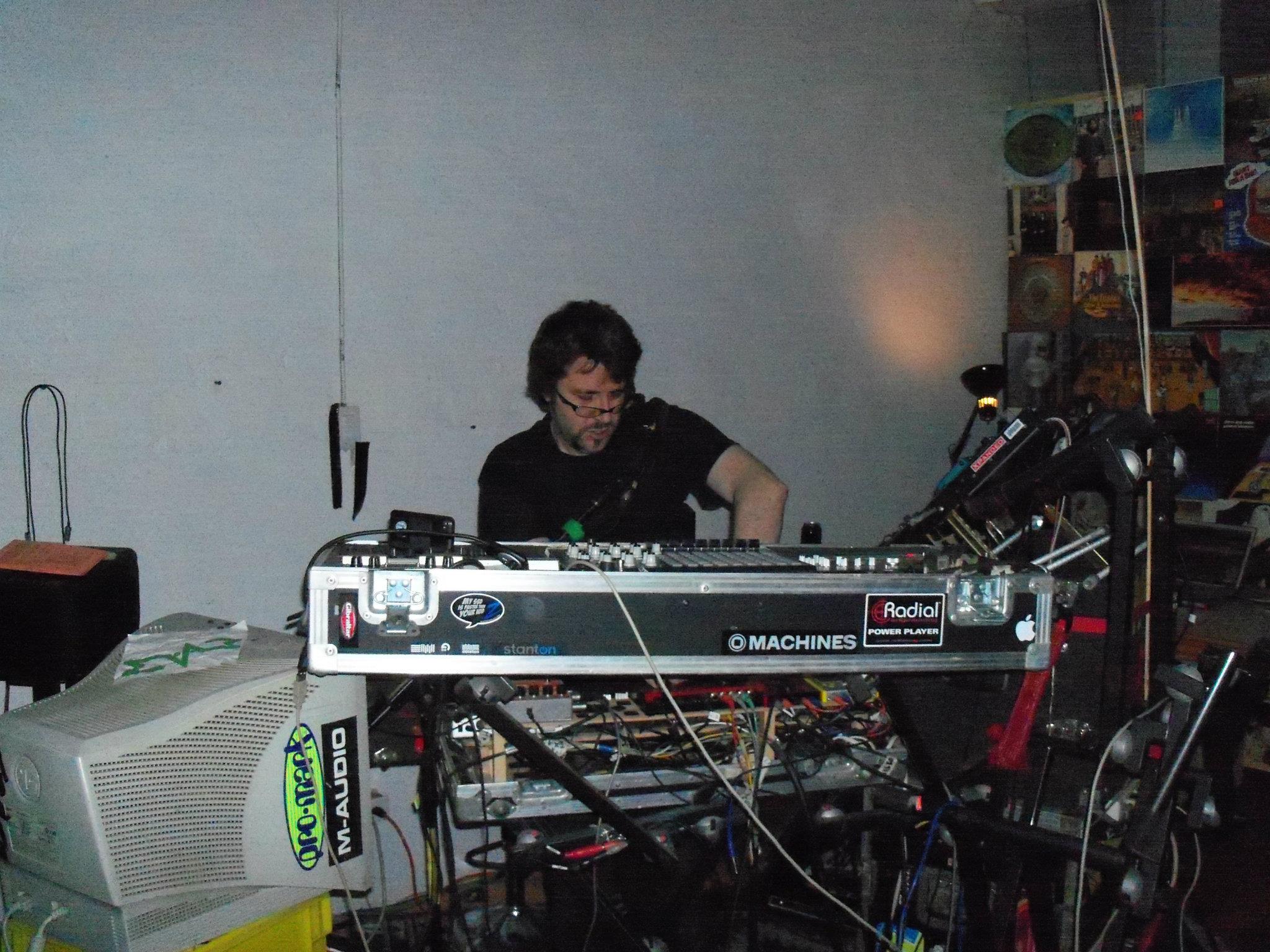Yeuda Ben Atar aka Side Brain is a music producer, composer, controllerist, Ableton certified trainer and educator based in Los Angeles. We took some time to catch up with Yeuda to learn more about projects he has been working on lately and get an idea of how he uses Splice for remixing and collaborating. In this article, we also feature a brand new project of his in collaboration with violinist Paul Dateh called “Incomplete.” You can explore the full session for this project below:
Nate Mars: What projects have you been working on in the studio lately?
In the last few months I’ve been working on a few remixes and started a project with a dancer where he controls part of the music using the Hot Hand motion controller. I’m also currently mixing Paul Dateh’s new album.
Can you tell us about your recent collaboration with Paul Dateh?
“Incomplete” is one song from Paul Dateh’s upcoming album. The album will be an eclectic mix of electronic R&B with Paul composing, playing and singing everything on there. I asked Paul if I could remix his song “Incomplete” Which has a really nice futuristic R&B vibe to it. Everything in the remix is my own production. I took the vocals (re-pitched) the kick and the electric piano from the original song. Paul is also my long time collaborator on stage, While I’m playing Ableton Live he’s playing Live violin and using Live’s Looper.

Side Brain and Paul Dateh
What has drawn you to Live?
I started with Fruity Loops Beta when I was in the six grade (After my piano teacher exposed me to computer music with a very primitive music software back in the mid 90’s). When I went to music school in Tel-Aviv they showed us Cubase and that was the main DAW that we worked on. After about a year and half in school I discovered Ableton Live. I got certified as an Ableton Trainer and now I teach Ableton Live along side Music Theory, Sound Design and Mixing at SAE Los Angeles, Relativity School and online at Lynda.com. I still love to check out other DAWs. I used Reason which is amazing and just recently got the new version of Logic which is so powerful but I always come back to Live. I used to do my mixes in Logic but ever since Live 9 everything is happening there; production mixing and mastering.
What about third-party plugins? Which are your go-to plugins and what do you use them for?
For Synths I use Massive, Sylenth1 and Spire a lot. For old school sounds I use U-He Diva. For processing, some of my most used plugins are: iZotope Alloy 2, Some Waves plugins, Camel Crusher, some free plugins that come with Computer Music Magazine and Slate Digital Plugins which I got from School and they are awesome. I do use a lot of Max for Live especially the new Convolution Reverb.

u-he Diva
Can you tell us about a technique in Live that is unique to your workflow?
Well, my bag of tricks is pretty large. And I do try to share as much as time allows on my blog with Ableton tips and tricks I use in my productions. But I can say I’m trying to incorporate some live recordings in all of my productions if it’s percussion sounds or pitched instruments. For this remix I recorded a Thumb Piano you can hear in some of the transitions and as a texture layer in other parts.
Can you tell us about your approach to vocal processing and editing in “Incomplete”?
In this remix I used Live’s Simpler to “play” the vocals. I then resampled them, duplicated the track and dropped it an octave. For the response vocals (the lower pitched ones) I proceesed them with iZotope’s Nectar and adjusted the melody to fit better with the remix and give an illusive feeling to the chord progression. For the drop repeated vocal chops I used the Simpler again with sample looping and Glide setup. I did ask Paul to record himself saying F*#k you especially for the remix since he didn’t curse in the original song (he is a really nice guy). For that vocal processing I used iZotope Nectar 2 some EQ and built-in plugins. The interesting part is that because I’m playing the vocals higher in pitch from a sampler, the phrasing and the groove of the vocals is different from the original song and actually don’t sit exactly tight on my rhythm section which adds a lot of vibe to the tune.
How has using Splice changed your workflow?
Splice really changed my educational workflow with my Skype students. The student can focus on one project and work like they would work on any other project without the need to send it back and fourth. I can then give them feedback as they is work on their projects. It saves a lot of time and improve tremendously the feedback communication with the student.
What are some of your favorite Splice features?
I really like the overview display on the project page. Also the top most used plugins section on the Splice.com website is very interesting. But the most efficient feature is probably the revision tracking that allows you to go back to any previous version of the project which in some cases can be a life saver.
Any advice for working on music projects/collaborating with others?
If it’s physical collaboration and not online it is very important to first have a good vibe with the person/s you’re working with. Naturally in music there a lot of emotions involved and those emotions can sometimes be directed at your collaborator instead at the music making so you got to make sure you get a long with that collaborator on a personal level. I would also recommend trying to find someone who has the opposite strengths then you. For example I’m good in production and sound design and Paul is amazing at Melody and harmonies compositions and vocal performances. What I’m trying to say is if you’re really good at programming drums it might not be beneficial if you work with another person who is really good at programming drums.
August 14, 2014



